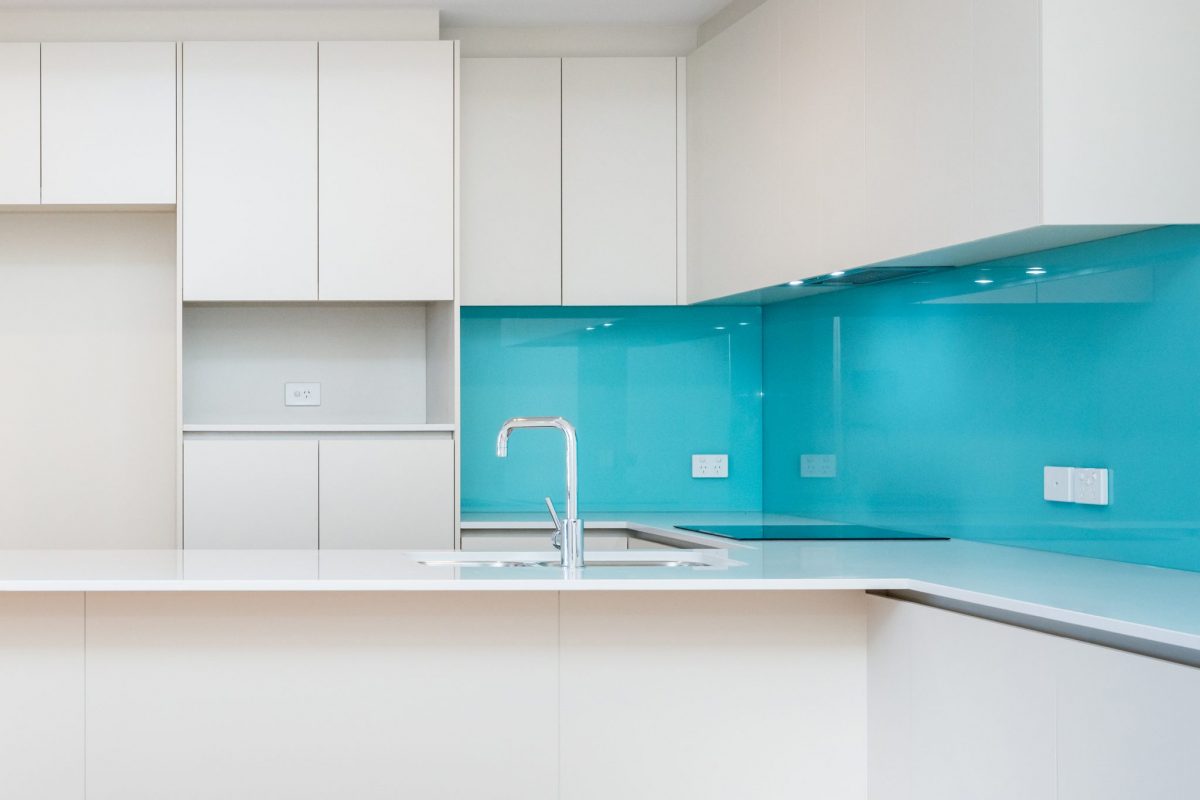In the event that you find you need to paint over a surface that has been exposed to a high amount of humidity (such as in a bathroom or from various outdoor elements), the following steps are designed to help you along the way!
Preparing the Surface
Prior to beginning the process, the entire surface that you will be working with must be free and clear of any substances that could interfere with the adhesion of any materials. This can be done by either scraping or brushing everything away with a stiff bristle brush.
Please note that prior to starting any painting, the overall moisture level should not exceed 12%.
In the event that you come across any mould or other types of organic growth, thoroughly treat the area using a mould killer, ensuring that you follow all manufacturer’s instructions. Once this has been done, allow the area to completely dry.
Cracks/Surface Defects
If you come across any cracks or surface defects, take the time to fill them in with an appropriate filler according to the instructions laid out by the manufacturer. Afterwards, allow the filler to dry. Rub the areas down with an abrasive paper that is of a fine grade. Lastly, remove any excess dust.
Priming
Use one full coat of a primer of your choice over the entire surface of the wall. Ensure that you follow all manufacturer’s instructions. Allow the primer to fully dry afterwards.
Decorating
Use two full coats of either satin, matt, or semi-gloss interior wall paint on the entire surface. Between coats, allow for a minimum drying time of approximately two hours.




